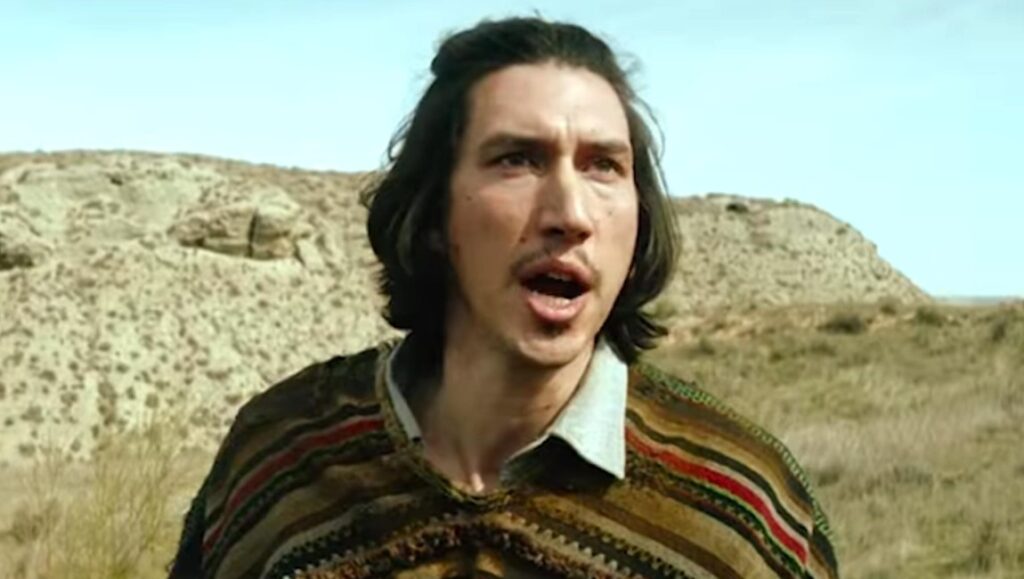For writer-director Terry Gilliam, a filmmaker who’s been ’tilting at windmills’ for most of his career, Miguel De Cervantes’s Don Quixote always seemed like an appropriate choice of source material. But as has been painstakingly chronicled over the past two decades, Gilliam’s various attempts at making this project have been thwarted at every turn, as if he were stoking the anger of the Movie Gods themselves. This struggle resulted in 2002’s excellent making-of documentary, Lost in La Mancha, about one such failed attempt. Perhaps Gilliam should have quit while he was ahead: here we are, in 2019, with the release of The Man Who Killed Don Quixote, a work that brings an old Gilliam fear — that the mythology of his failures is grander than any actualized film — crushingly to the fore. The film firmly roots itself in the sub-genre of Hollywood-movies-about-moviemaking and explores its usual requisites — the toed-line of art and commerce, the relationship between creativity and madness — with only the specific narrative details here providing any distinctness. This is familiar territory for Gilliam; in fact, it’s his thematic calling card. To make another movie about this process now feels, at best, redundant, or at worst, like some 11th-hour bid for relevancy.
This time, Gilliam’s proxy is Toby, played by Adam Driver, a young film director disillusioned with the Hollywood machine. In Spain shooting a commercial inspired by Don Quixote, Toby ultimately finds himself on the run from police, and accompanied by his former Don Quixote actor (Jonathan Pryce), who has gone mad and truly believes himself to be the titular character. Or is it possible that this man really is Don Quixote? Cue groans. Gilliam is far too talented and too interesting as a filmmaker to really make a bad movie; even turkeys like The Zero Theorem and Baron Munchausen have moments of inspired lunacy, and here, such saving graces come in the form of Sergei Lopez, playing a Muslim man pretending to be Spanish, and a sequence in which Toby escapes from Quixote’s RV-cum-stage after it engulfs in flames. But so much time is devoted to upholding the whole is-he-or-isn’t-he-crazy schtick that the proceedings become an exercise in monotony. And it’s not until we get to The Man Who Killed Don Quixote‘s final act, which takes place at a Russian billionaire’s estate, that Gilliam seems to get to the point, which is really just that…rich people suck? (There’s even a Trump joke, in case the signaling isn’t clear.) As the credits roll, and double-down on considerations of sanity regarding our ‘hero,’ it’s hard not to let this narrative filter extend to Gilliam and his multi-decade obsession with making this film. That so much has has gone into something that ultimately amounts to so little is both cause for disappointment and concern.
Published as part of Before We Vanish | Issue 4.


Comments are closed.